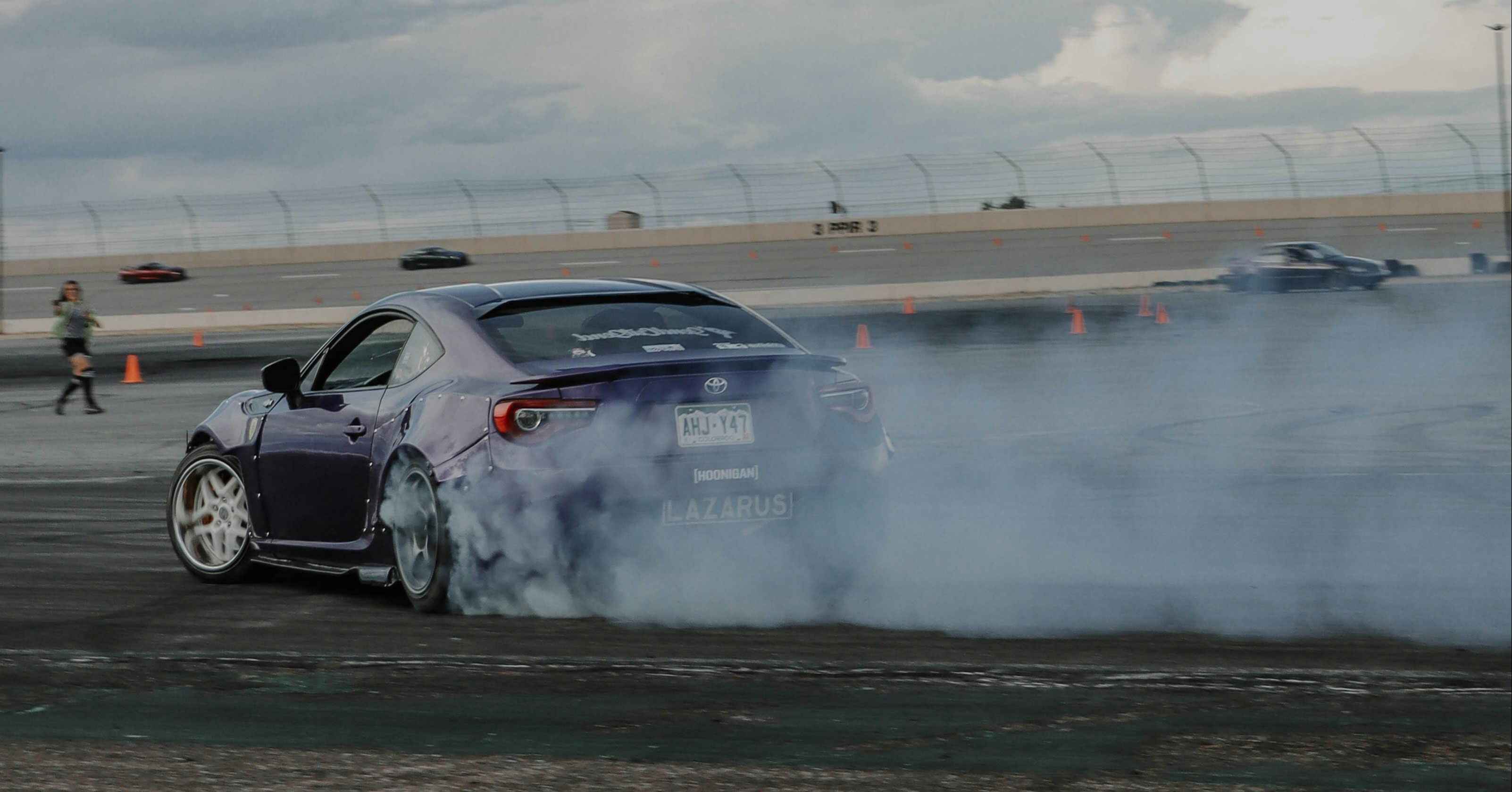See How a New Approach Works for Your Specific Use Case — Explore the Test Drive >
Everyone talks about growth as if it is a finish line. Hit the target, add headcount, raise a new round, repeat. But growth is not a finish line. Growth is an operating system.
At Demand Accelerators, we believe that most organizations struggle not because they lack ambition, but because they lack a model that converts ambition into motion. A modern growth model is not a department chart. It is not a tech stack. It is a connected engine where every stage performs, measures, and signals.
The Flywheel Foundation
A modern growth model is built on three interlocking stages:
- Demand (Pre-Sales and Marketing): Where prospects learn how to become good leads. This is where education, nurture, and qualification happen. Demand is not a top-of-funnel firehose. It is the discipline of helping buyers make sense of their problem and decide whether they belong in your funnel at all.
- Revenue (Sales and Pipeline): Where leads learn how to become customers. This is enablement, relevance, and solving for the use case. Modern revenue is not about pushing harder. It is about aligning the buyer journey with the right conversations at the right time, supported by insights that were generated upstream in demand.
- Client Success (Service and Account Management): Where customers learn how to become leads again. Upsell, cross-sell, renewals, and churn signals all flow back into targeting demand. Client success is not the end of the funnel. It is the place where the flywheel gains its greatest leverage.
These three stages form a continuous cycle. Demand feeds revenue. Revenue informs client success. Client success signals demand. When each stage sends signals both forward and back, the engine compounds. When signals stop flowing, growth stalls.
What Makes It Modern
The modern aspect of a growth model is not about adopting the newest tool or adding the latest AI plug-in. It is about building a diagnostic and adaptive system. Four characteristics define the difference between a traditional growth model and a modern one:
- Data Loops, Not Dashboards: In a modern model, CAC, LTV, churn, and pipeline velocity are not static reports. They are feedback loops. Every metric informs resourcing decisions across the cycle. If churn increases, demand strategy must adjust. If pipeline velocity slows, client success resourcing may be the root cause.
- Technology as an Engagement Hub: Most organizations treat their CRM as a graveyard of records. In a modern model, technology acts as the connective tissue. Automation platforms, dialers, and analytics tools must create visibility, reduce friction, and strengthen signals across demand, revenue, and client success.
- Process as a Force Multiplier: Tools without process create chaos. People without process create silos. Modern growth requires playbooks, handoffs, and workflows that are defined, documented, and tested. Every step is designed to minimize leaks and maximize learning.
- People as Sensors: A modern growth team is not built on static roles. Every function has two jobs: perform its task and capture insights that feed the system. A sales rep does not just close. They detect friction in the buyer journey. A client success manager does not just renew. They identify signals that guide demand targeting.
Why Most Organizations Miss
Here is the trap. Companies think they have a growth model because they have departments. They assume marketing creates leads, sales closes them, and client success manages them. But this is not a model. It is a set of silos.
Departments are not a growth engine. A growth engine is motion. Motion requires connection. Without signals flowing between demand, revenue, and client success, you are not compounding. You are leaking.
The Payoff
When the flywheel is built correctly, growth stops being a gamble.
- Demand produces qualified opportunities that fit, not noise that clogs the pipeline.
- Revenue converts with efficiency because the sales process is aligned with what demand already taught buyers.
- Client success extends lifetime value and signals precisely how to refine targeting and messaging.
This is the definition of compounding growth. Each turn of the wheel makes the next turn faster.
Our Takeaway
The question is not whether you are growing. The question is whether you are growing on purpose.
A modern growth model is the difference between activity and acceleration. It transforms growth from a scramble for more into a system that multiplies what already works.
If your model connects demand, revenue, and client success in a diagnostic loop, scaling is inevitable. If it does not, no amount of spend, tools, or headcount will make up the difference.
Growth is not about adding fuel. It is about building the engine first.







